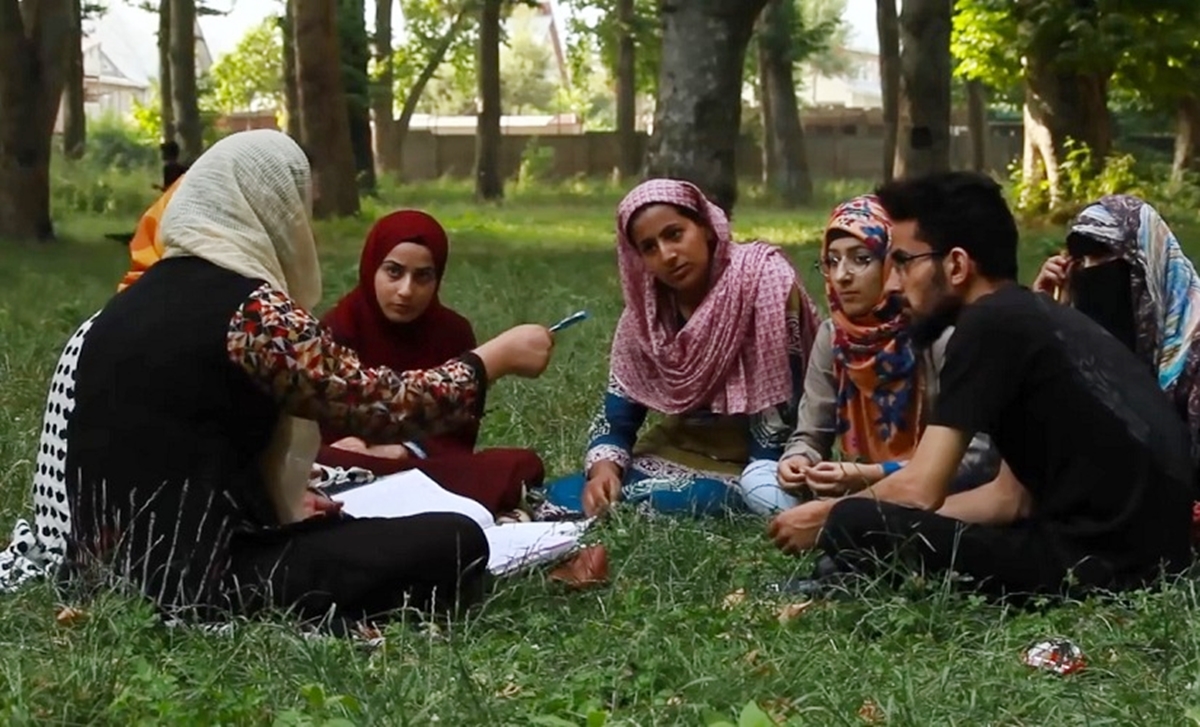In recent months, a spate of worrying policing measures have been announced in the name of “women’s safety” in several…
Login to Read!
This content is restricted to site members. If you are an existing user, please log in below. Or you can can create an account here.

